Seven gorgeous gray cat breeds that make wonderful companions
These gray cat breeds have it all - from coats that boast an ethereal glow to playful personalities that come packed full of love
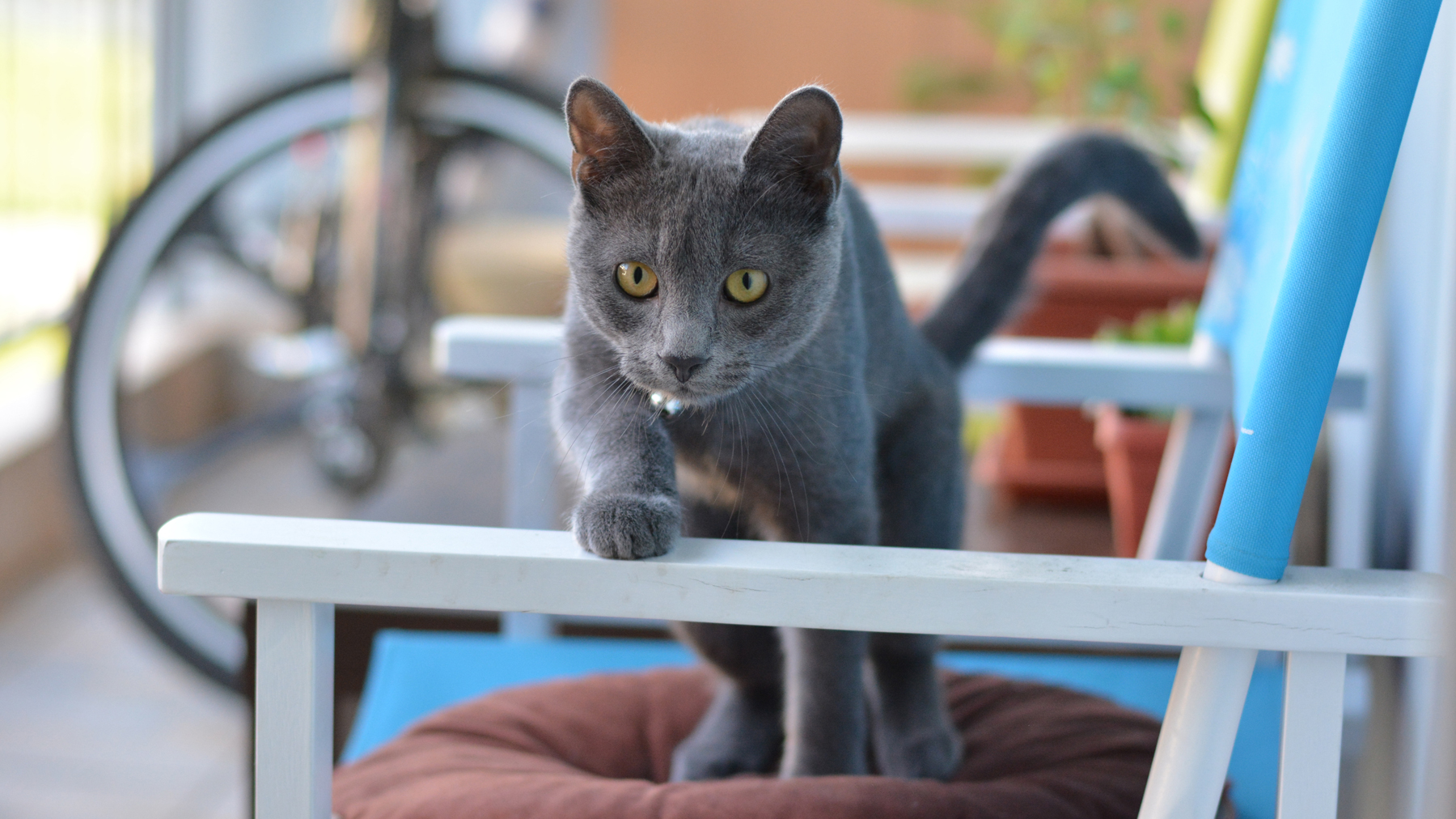
Got a thing for gray cat breeds? So do we! Anything but drab, these mesmerizing felines are simply stunning with their shimmering coats that boast a color palette ranging from silver to slate. But before you question whether their beauty is only skin-deep, we’re here to tell you that there’s a whole lot more to these captivating kitties than meets the eye.
While every one of our fur friends is unique, most gray cat breeds are known for being playful, intelligent, affectionate and family-orientated. If you’re planning on welcoming one of these little sweeties into your home, you’ll want to ensure you have plenty of fun cat enrichment ideas up your sleeve as they tend to thrive on lots of physical and mental stimulation.
And when it comes to strange things that cats do that are actually quite normal, you’ll find a gray cat will certainly keep you entertained. Whether it’s turning the faucet on to play with running water or following you around the house chatting as they go, these gray cat breeds have bags of personality that will make them a delightful addition to your family.
1. Russian Blue
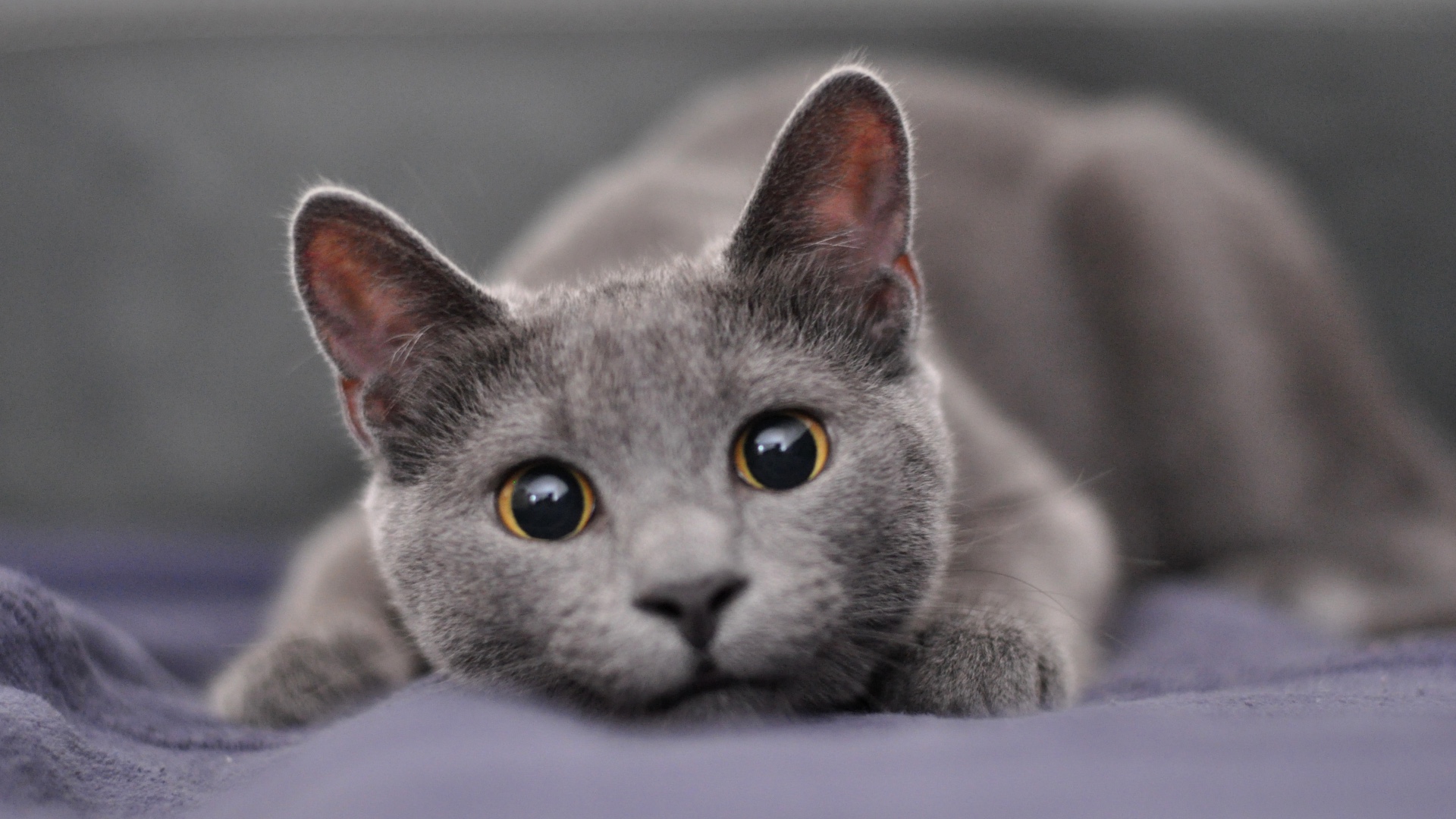
Sweet-tempered and ever so loyal, the affectionate and social Russian Blue is never happier than when around their family. They have a dense but soft double coat and mesmerizing bright green eyes that are something to behold. While they have a long, slender and fine-boned build, they are also incredibly muscular and strong and can run at high speeds.
Highly intelligent, the Russian Blue requires lots of physical and mental stimulation to ensure they stay happy and healthy so you’ll want to ensure you learn how to play with a cat in order to satisfy their enrichment needs. The good news is, these cats are highly vocal, so they’ll certainly let you know if there’s something they’re not happy about!
Just one word of warning - this breed does have a high prey drive, so while feathered toys will go down a treat, we recommend putting these away when not in use as they have a reputation for both tearing things to shreds and trying to consume things they shouldn’t.
2. British Shorthair
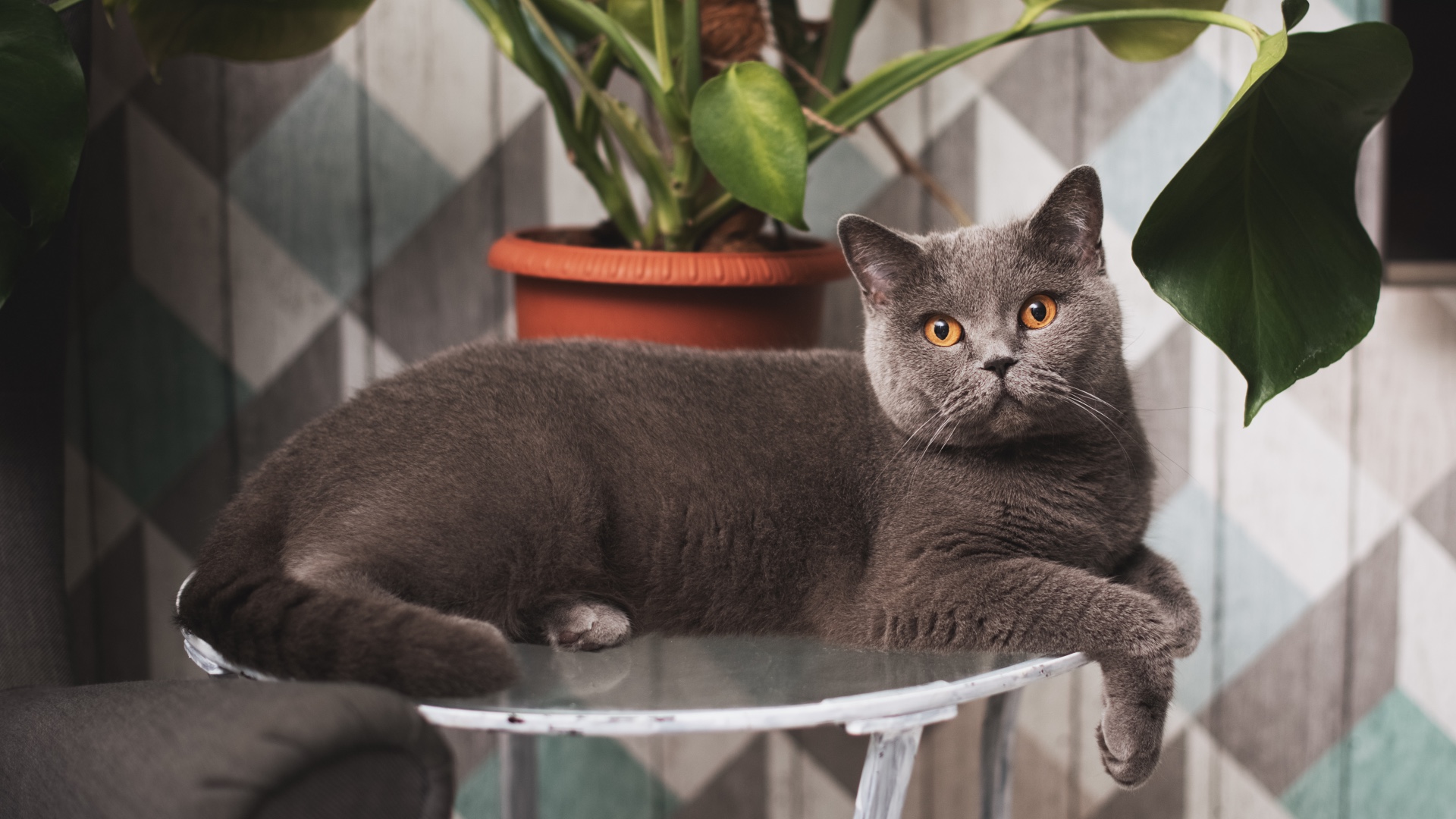
If you’ve ever had the joy of spending time with a British Shorthair then you know just how delightful they can be with their playful personalities and placid temperaments. But while they’re very easygoing, they’re also a powerful breed, which is evident the moment you look at them.
PetsRadar Newsletter
Get the best advice, tips and top tech for your beloved Pets
Heavy muscles and large bones give this kitty their round, thick appearance and you can see why they were originally used to keep rodents out of barns and houses. They have a dense coat that’s quite coarse and prone to moderate shedding, so regular daily brushing is essential.
While the British Shorthair prefers company, they’re ok to be left alone and will be quite content to spend time sleeping in a sunny spot until you return. They adore play time, but they don’t require hours of it and will tend to bring you their best cat toy when they’re in the mood to run around.
3. Chartreux
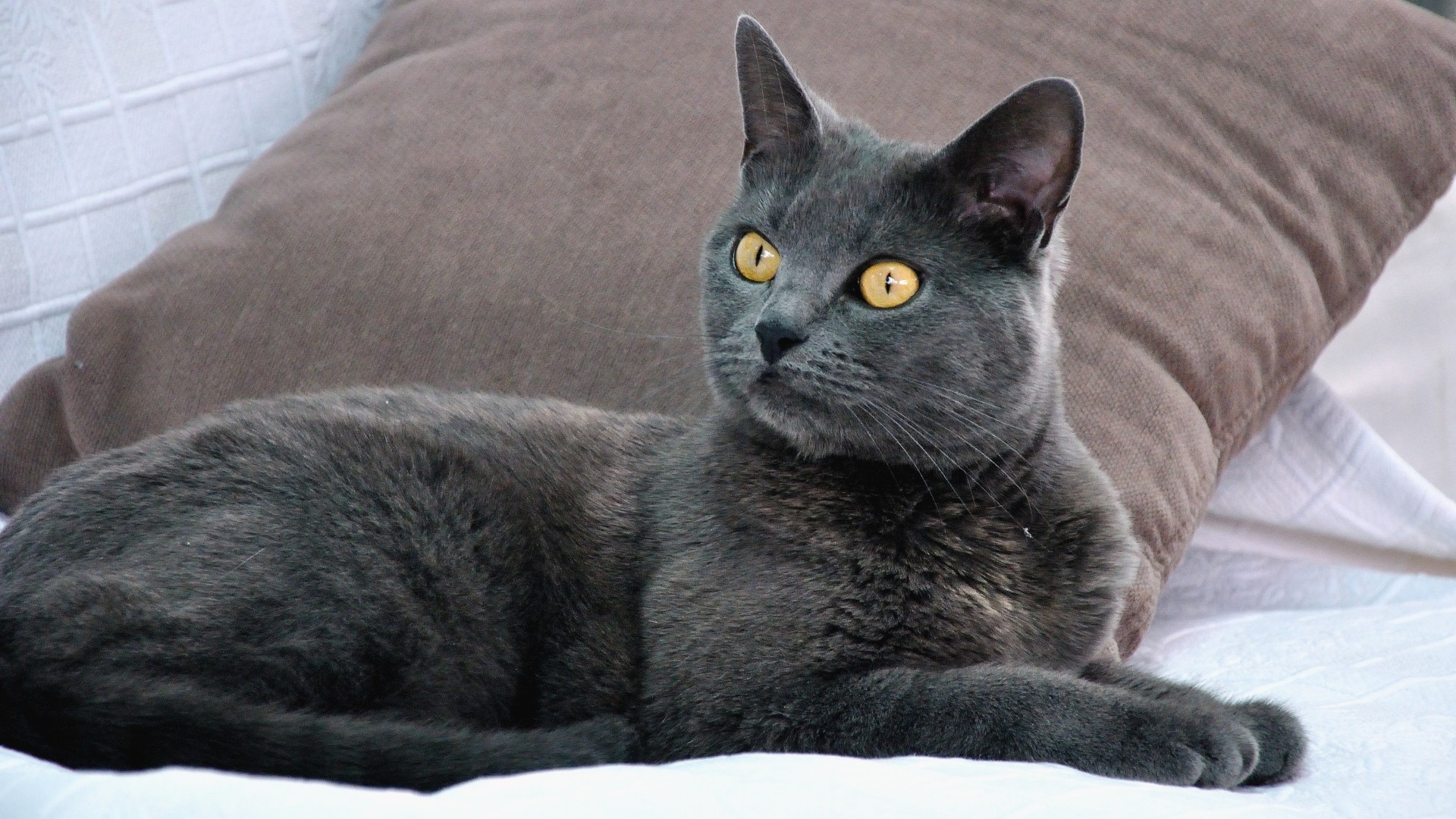
The Chartreux (pronounced shar-true) is very similar in appearance to the British Shorthair with a heavily muscled and heavily boned body that gives that same thick and round appearance. Quiet and calm, this French breed has a beautiful blue/gray coat that’s easy to groom and a sweet face with stunning copper-colored eyes.
The term ‘cool cat’ certainly applies to the Chartreux with this breed tending to be independent and somewhat aloof. While they love their people, they’re quite content to amuse themselves and they tend to show their affection in subtle ways by silently following you from room to room or sleeping next to you.
If you decide to welcome a Chartreux into your family, you’ll want to become as quietly observant as they are. Because they’re very soft spoken and rarely make a peep, you’ll need to pay close attention to any changes in their behavior or habits (such as your cat drinking a lot of water or not drinking at all) to ensure you’re able to detect when something might be wrong.
4. Korat
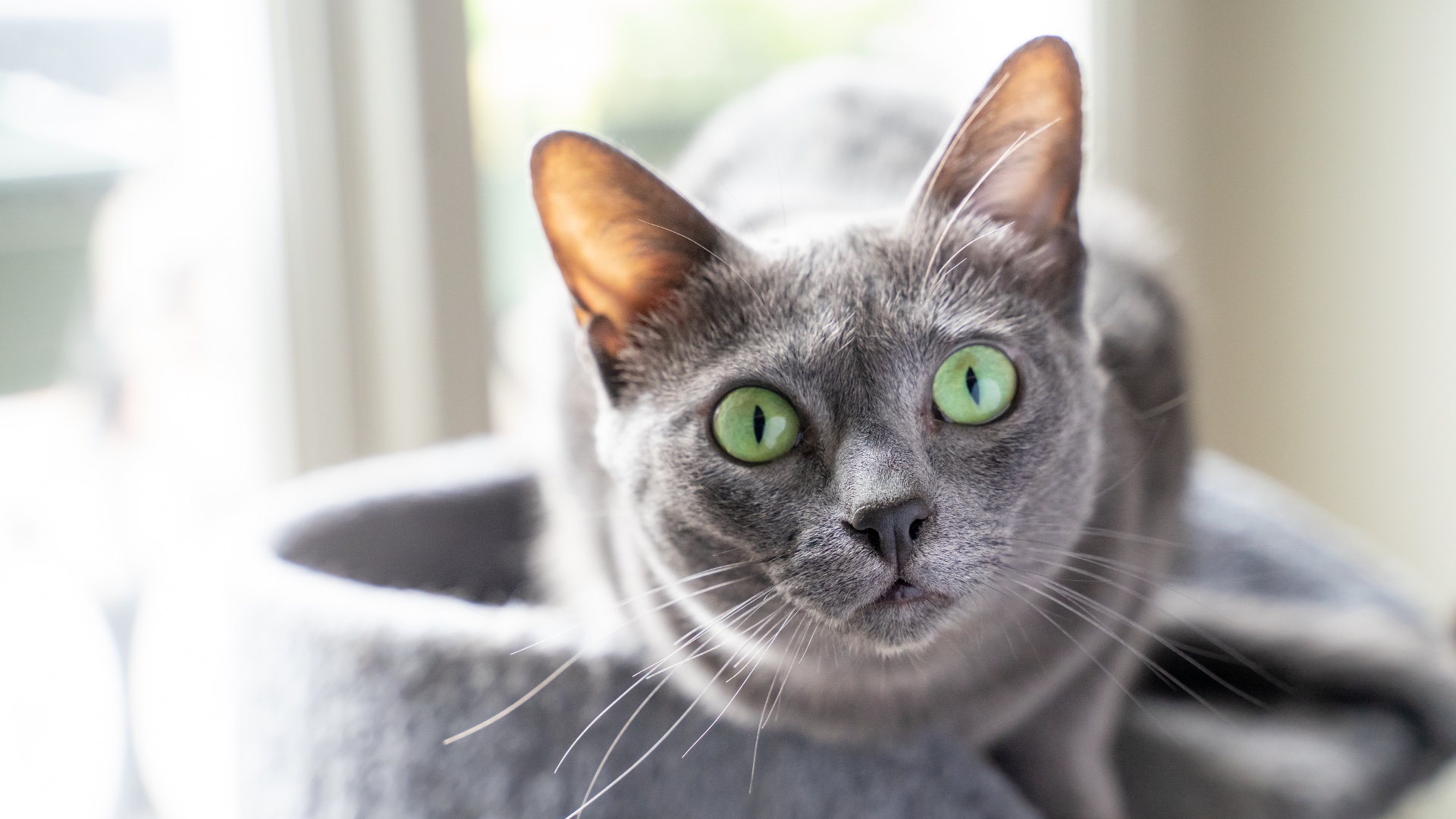
A silver-tipped, blue-gray feline that hails from Thailand, the Korat is a rare breed that has a regal appearance and is revered in its home country for bringing good luck to anyone fortunate enough to have it as a member of the family.
Possessing one of the most beautiful coats in all of the cat kingdom, the shimmering fur of the Korat is quite the sight to behold but rest assured, there’s more to this breed than just looks.
An intelligent lap cat who forms strong bonds with its humans, the Korat is laid back, thoughtful and will stick by your side in an unobtrusive way as you move about the house doing your daily tasks. Excellent problem solvers, investing in the best cat puzzle feeder will score you some serious brownie points with this breed.
5. Nebelung
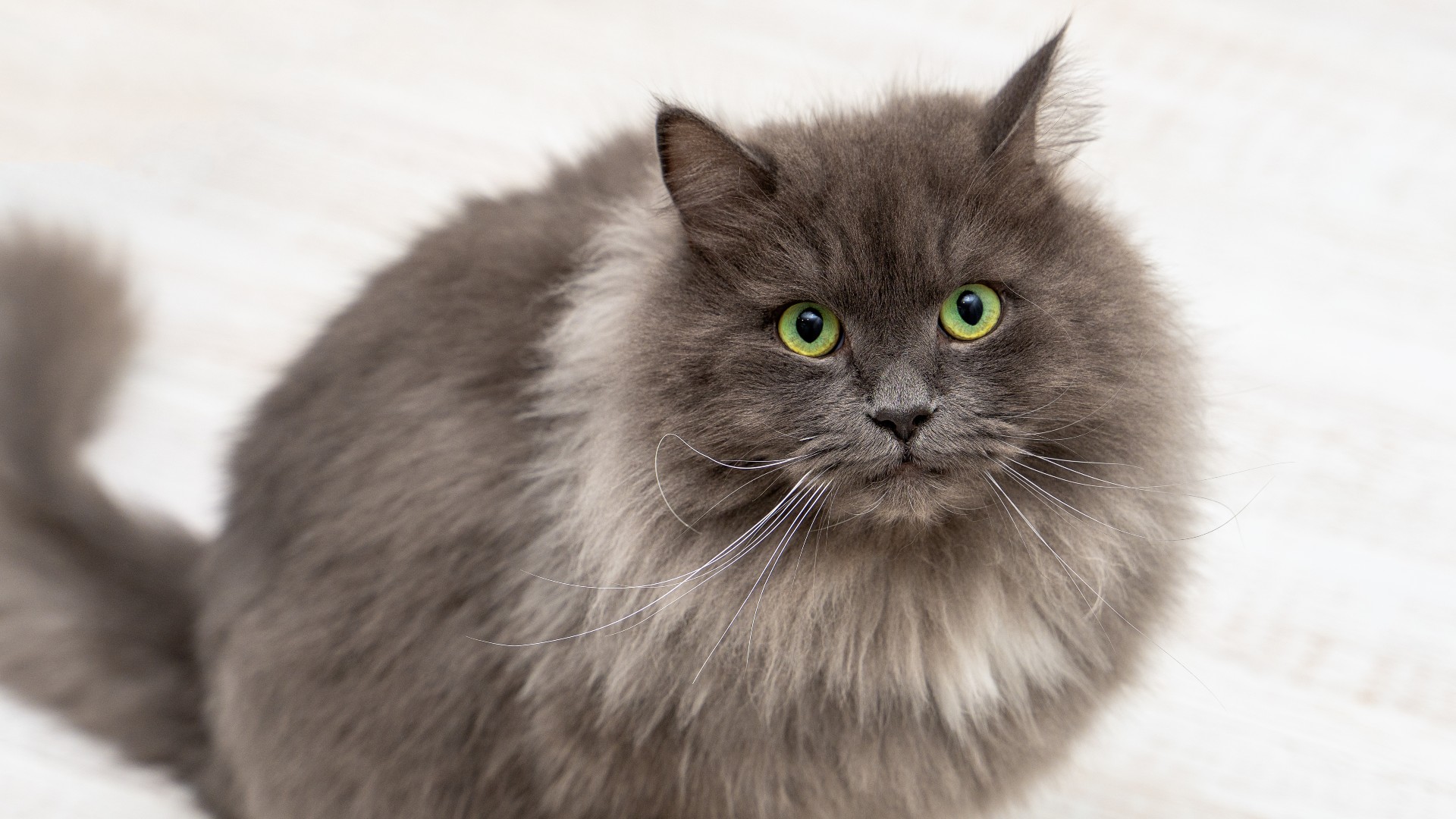
If you’d never heard of the Nebelung until now, rest assured, you’re not alone! A rare, pedigree breed, they originated in America and got their name from the German word Nebel meaning ‘mist’ or ‘fog’.
Shy and aloof with strangers, the Nebelung is very affectionate with family members and those they know well, delighting in human company. They also get on beautifully with other cats and dogs, so they can be a perfect choice for multi-pet homes.
However, it’s worth noting that they are very sensitive to a lot of noise and bustle and do best in quiet environments. Hectic homes can result in behavior problems like inappropriate toileting and over-grooming, which are both signs your cat isn’t getting what it needs to be happy.
This breed adores a good cuddle and loves curling up on a warm lap, so much so that they can be a little demanding when they’ve decided they want your undivided attention. That being said, they’ll be perfectly content being left alone for a few hours if you need to go and run some errands - just don’t be gone for too long or you may find you have an upset kitty on your hands when you return.
6. Scottish Fold
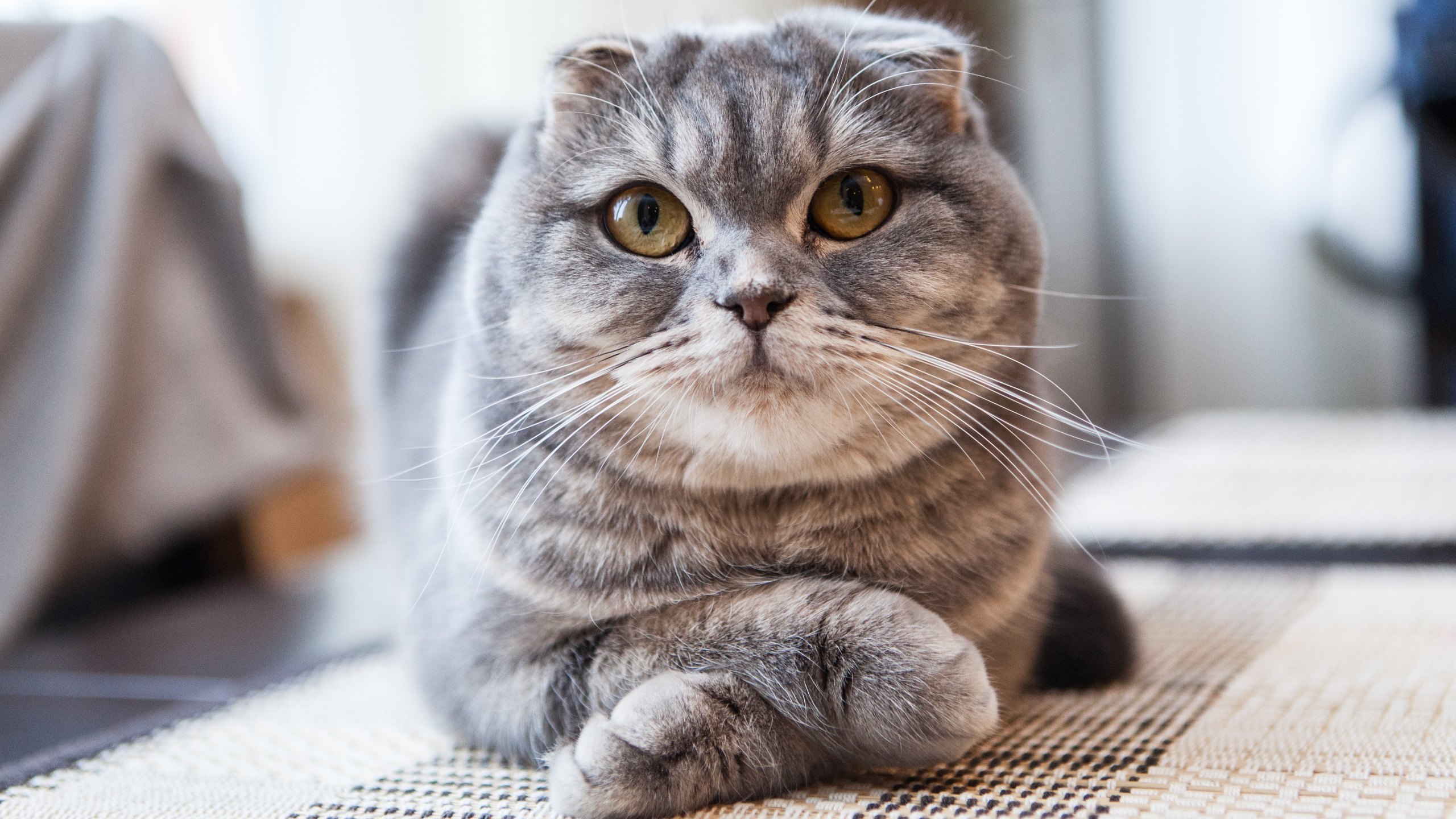
A cat made entirely of curves, the Scottish Fold is one distinctive breed thanks to its small and neatly folded forward ears and round face. Sweet in looks and disposition, this breed is known for having a tiny voice that they rarely use.
Affectionate and comfortable with all members of their family, the Scottish Fold is a charming cat that’s easy to care for and live with, adapting well to new people and environments. While they love everyone, they will almost always choose one member of the household to form their primary attachment with, bonding deeply and showing immense loyalty.
If you decide to welcome a Scottish Fold into your family it’s worth noting that they are prone to more health issues than other breeds, particularly a condition called osteochondrodysplasia that affects the cartilage in their joints and can lead to arthritis in cats.
7. Egyptian Mau
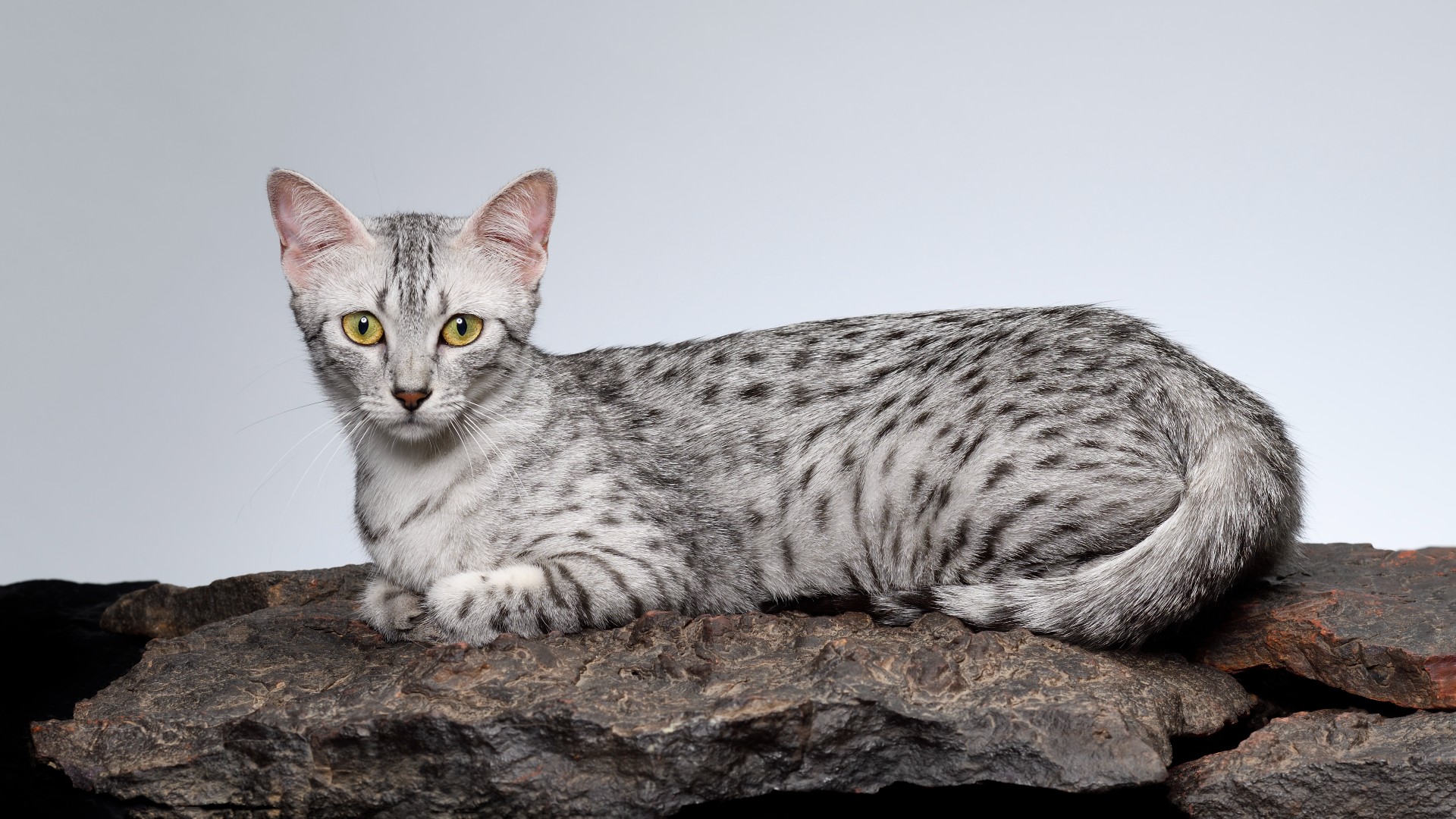
Regarded as one of the oldest domesticated cat breeds, archaeologists have discovered cats in the tombs of ancient Egyptians that look a lot like the Egyptian Mau that we know today. Sporting natural spots on their coat and skin, this breed has a lithe and athletic body and a minimally shedding coat.
Fiercely devoted to their humans, the Egyptian Mau loves playing with water and is so smart that they’ll quickly learn how to turn on the faucet to gain access. Active, agile, and energetic, this is a social breed that needs to be kept busy. However, as long as they get plenty of stimulation throughout the day, they’ll take great delight in a good snuggle session once they’ve worn themselves out.
Naturally good with children (and other animals if exposed to them from a young age), the Egyptian Mau lives well with almost all four-legged and four-pawed family members. While not as chatty as Siamese cats, they can still be talkative, deploying a range of sounds like chirps, chortles, and whistles to interact with their people.
Thinking of welcoming a new fur friend into your family? Then be sure to check out our guides to adopting a kitten and how to introduce a kitten to a cat.

Kathryn is a freelance writer who has been a member of the PetsRadar family since it launched in 2020. Highly experienced in her field, she's driven by a desire to provide pet parents with accurate, timely, and informative content that enables them to provide their fur friends with everything they need to thrive. Kathryn works closely with vets and trainers to ensure all articles offer the most up-to-date information across a range of pet-related fields, from insights into health and behavior issues to tips on products and training. When she’s not busy crafting the perfect sentence for her features, buying guides and news pieces, she can be found hanging out with her family (which includes one super sassy cat), drinking copious amounts of Jasmine tea and reading all the books.
